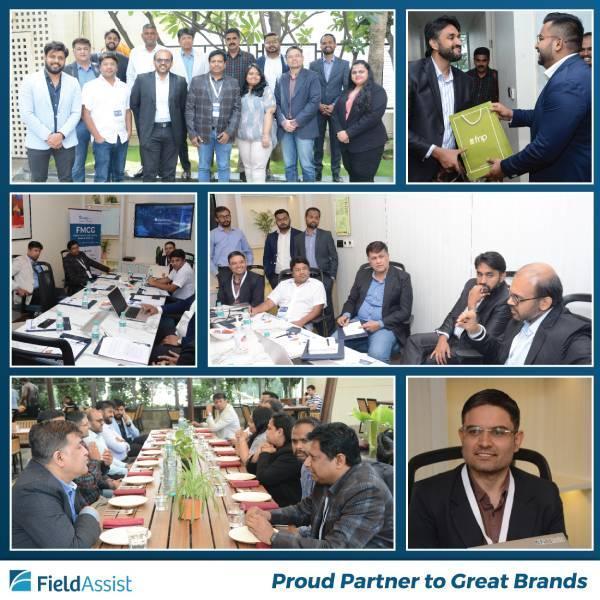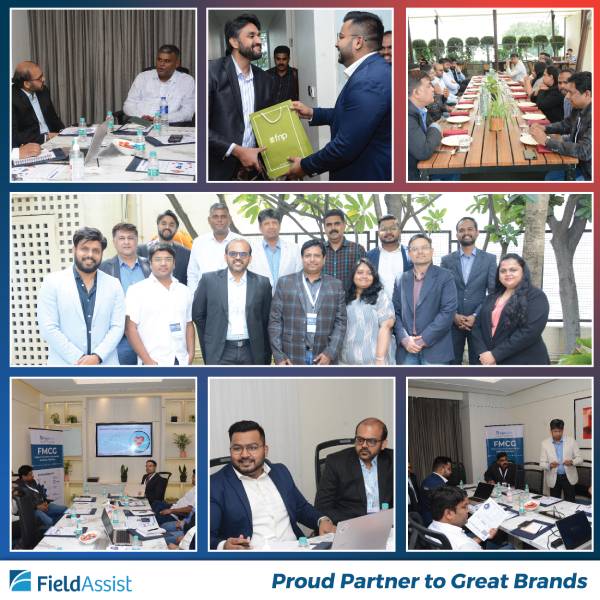Table of Contents
Toggle

Challenges and opportunities
Yet, the CPG industry is plagued by legacy systems. Today’s challenges need advanced capabilities such as data analytics, AI/ML, and full mobile support. Moreover, change management needs to become much more sensitive and focused.
Incentivizing people to use a new technology solution is often the biggest hurdle in adoption and business transformation. Technology transformation projects broadly two categories of common challenges:
- Under-utilization of technology: This is a common scenario where technology is either not deployed or all a product’s features are not fully utilized. A common example is ARS, an extremely useful feature that even companies who deploy DMS technology fail to benefit from. Proper consulting and guidance is needed from technology vendors to educate clients and distributors on how technology can directly increase their bottom lines.
- Over-utilization of technology: It is not uncommon for technology to be deployed and implemented beyond what the business, or the tech itself, was capable of supporting at the time. It is critical to be realistic and appreciate the limitations of the technology, especially one that is fairly new and untested.
As summed up by Nithin Philip, GM – Sales at iD Fresh Food (India) Pvt. Ltd., regarding Machine Learning, in the FMCG industry, “Machine is still learning; adoption is the key to success.”
Being Human with Technology
End users are the most critical aspect of any transformation, but unfortunately, also the most ignored. Giving a voice to people on the ground and listening with empathy are critical to leveraging technology. It’s their problems you’re solving after all. Arindam Gupta, GM IT at Wipro Consumer Care and Lighting, summarized this succinctly: “People and Process must be factored in with technology. Man and machine need collaboration to work well.”For more details on how technology can be leveraged as a business enabler, and how the human touch is as essential as technology, download our ebook today!
About Post Author
Divir Tiwari
A technology enthusiast at heart, Divir loves a good challenge. What he enjoys, even more, is finding out if it can possibly be solved with technology. He is the heart of the Sales Team at FieldAssist and is a business development magician. Divir is a firm believer in collective organisational growth, product-based solutions and adding value to customers’ business.


